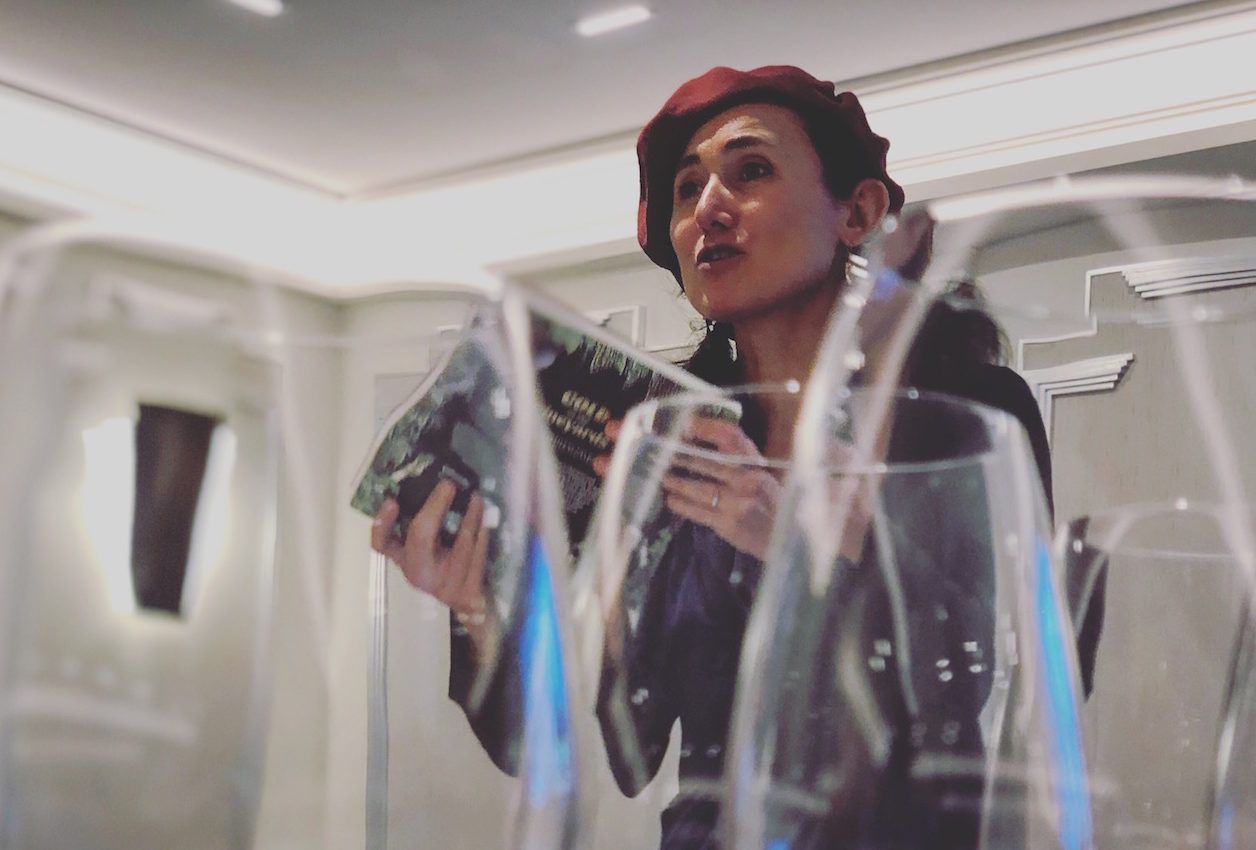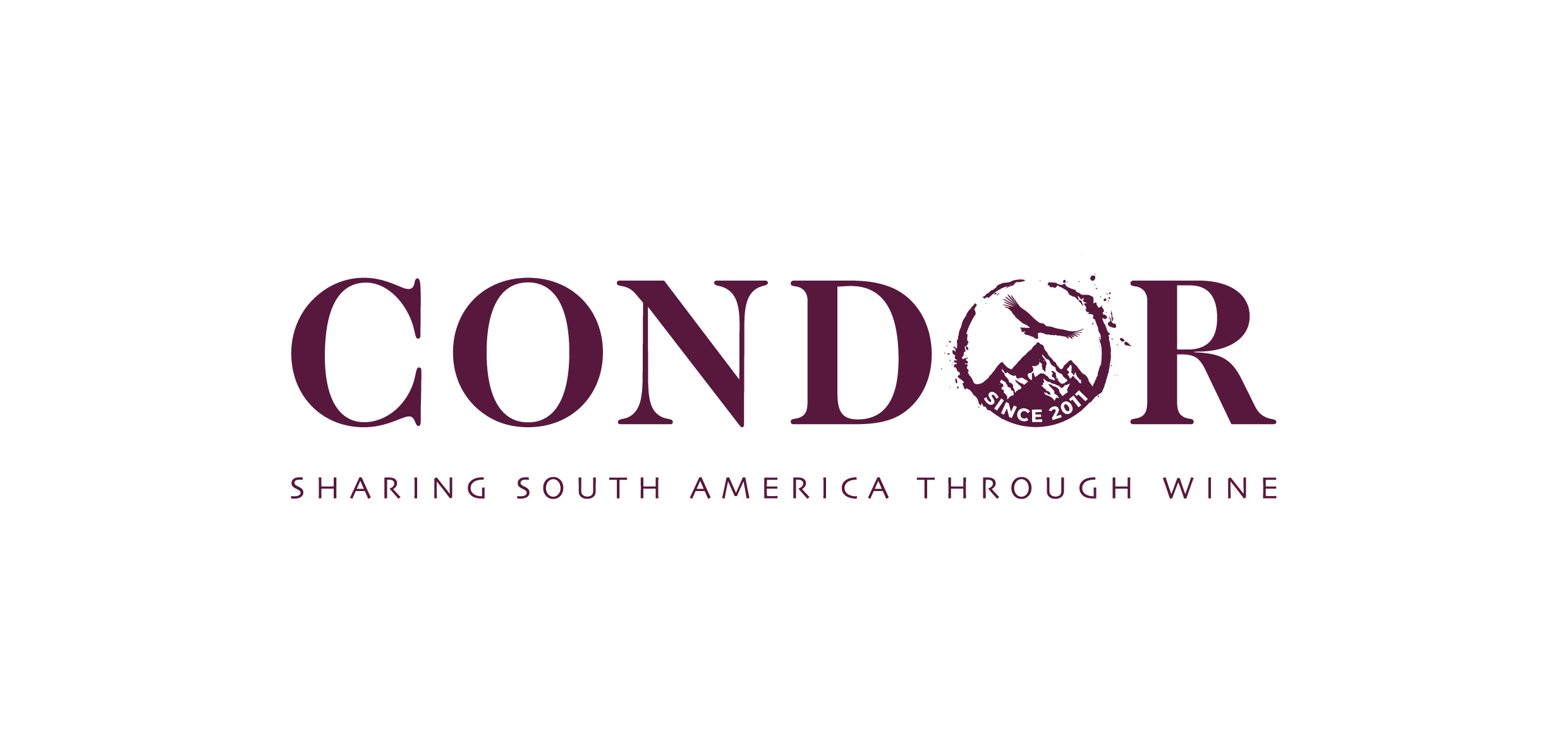Kermode enjoys a vertical tasting of the eponymous ‘First Growth’ wine from Nicolás Catena Zapata and two vintages from the legendary Adrianna vineyard.
It’s been said many times that family ownership makes for great wines and Nicolás Catena Zapata seems to have made it his life’s work to prove that point.
From humble beginnings – he travelled to school on a horse – to causing consternation with his parents, who wanted him to pursue a career as a scientist, his mission has been to put Argentina on the world wine map, pushing at the boundaries, restless in his pursuit of Mendoza’s finest sites, redefining the region’s reputation, as a champion of terroir expressed through its wine.
The results have been spectacular: Decanter’s ‘man of the year’ ten years ago; a groaning trophy cabinet from wines that are compared favourably to Grand Cru chateaux; a recent trio of 100 “Parker point’ wines; and now representation through the negoçiants on the Place de Bordeaux.
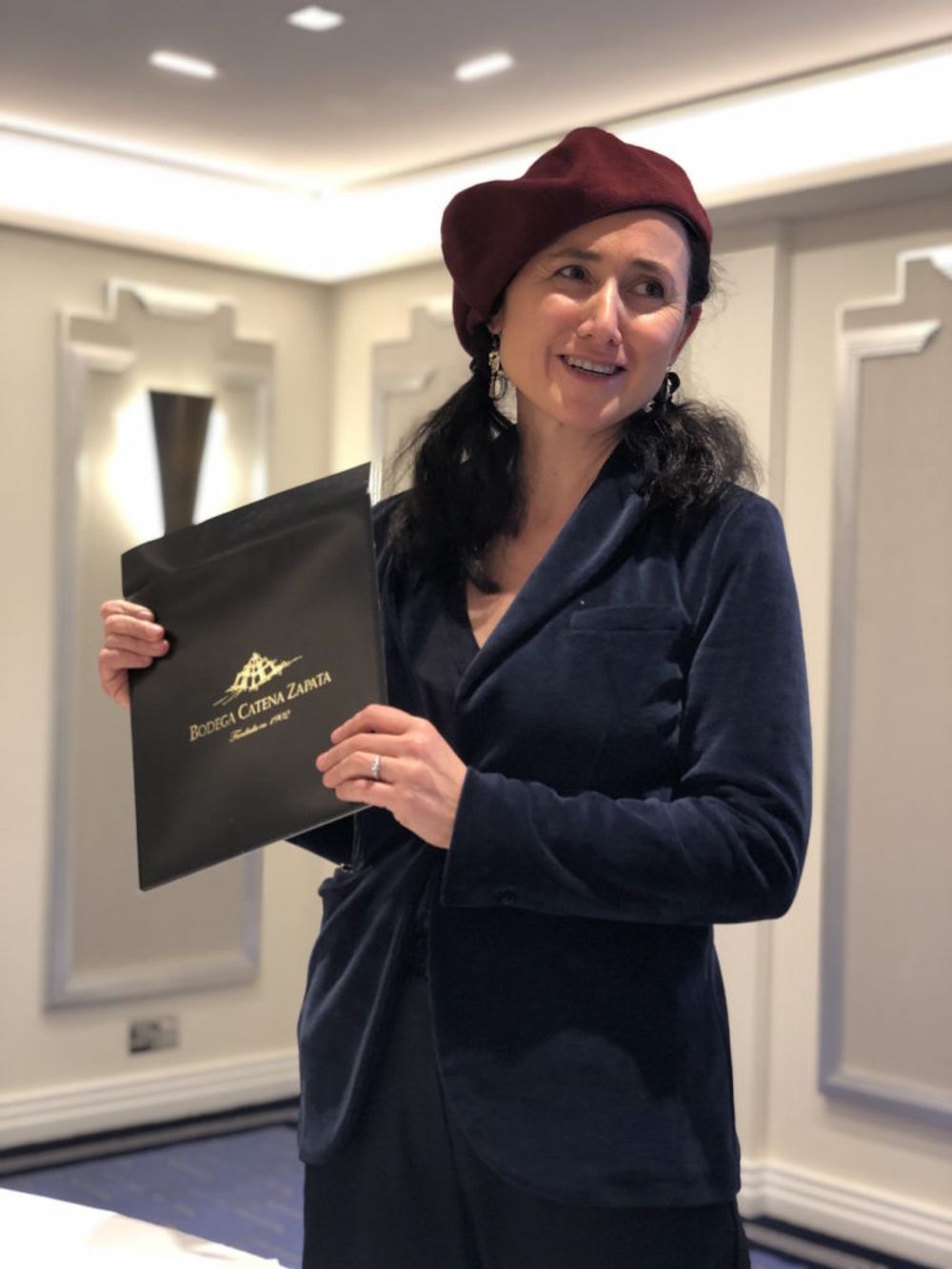
Dr Laura Catena
As if that weren’t enough, the Catena Zapata name now has a dynastic quality to it, with daughter Dr Laura Catena at the controls as managing director. A trained biologist and physician – she still practises, on an occasional basis, as an Emergency Room doctor – Dr Catena now lives and breathes her father’s vision of “Grand Cru or nothing”.
If that all sounds somewhat terrifying, then the reality – standing before us, for a masterclass at Claridge’s – is quite the contrary. Confidently sporting a kooky red beret, Dr Catena is relaxed, friendly and engaging, whilst evidently also wearing the family name with similar gusto.
“My father worked in Napa. He saw the Judgement of Paris and thought, if the Californians can compete with the best in the world, then why can’t Argentina?”
For most of us, Mendoza means Malbec, but, initially, Cabernet Sauvignon was deemed by many to be the region’s future. “My father had more confidence in Cabernet in the 1990s. As our Malbec became more well known, we started adding more of it to the blend”.
“Malbec likes some stress, where Cabernet prefers more even conditions”, she tells us.
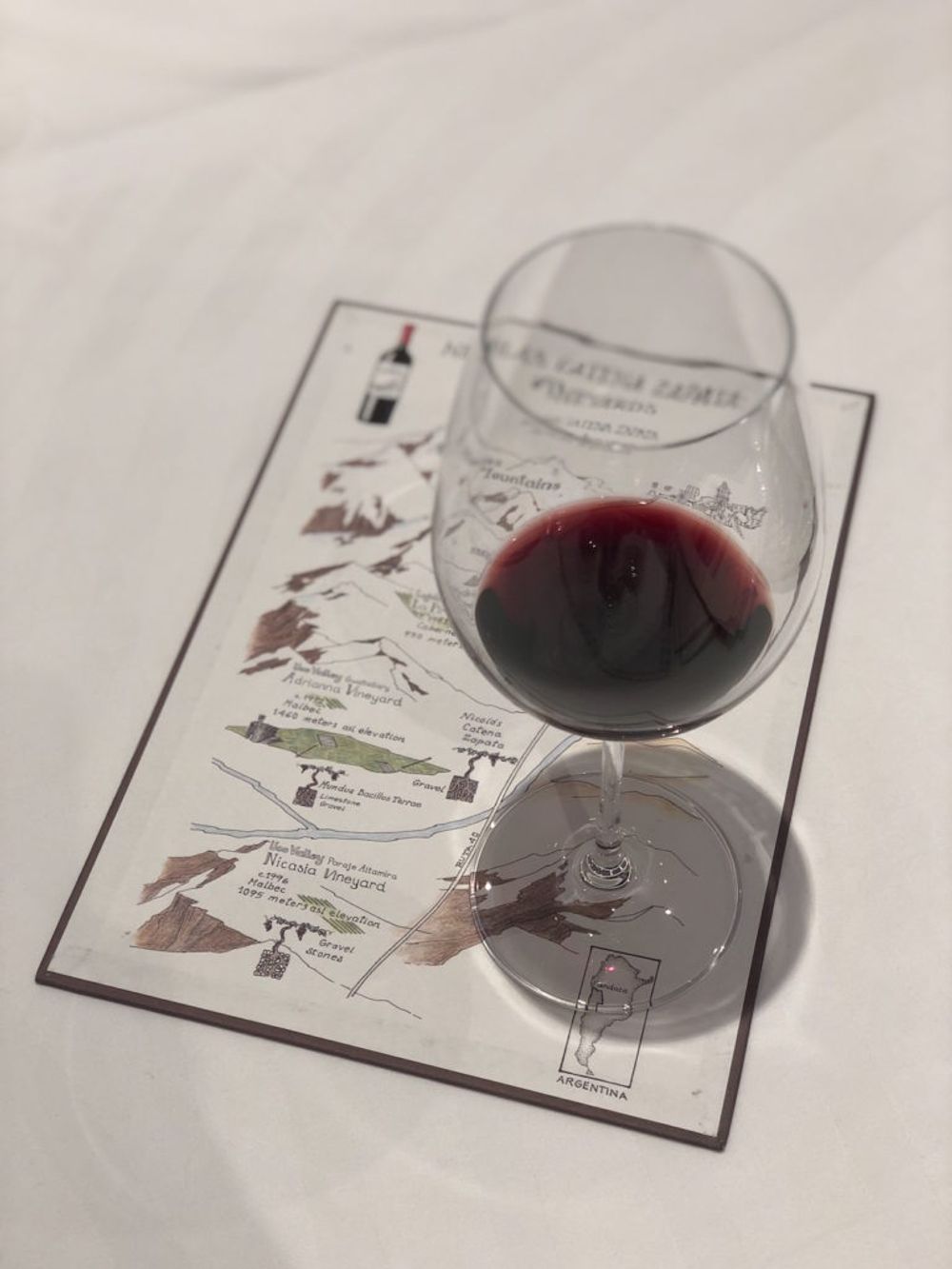
The obsession with the region’s terroir and climate led upwards into the foothills of the Andes, to the Gualtallary District, where the Adrianna vineyard was established at an elevation of around 1,400 metres. At the time, some rivals thought Nicolás Catena Zapata was crazy. They’re not laughing now.
As well as producing Catena Zapata’s most expensive plot-specific wine, this remote vineyard also offers Dr Catena some quality family time: “I love to go there with my children for the night and we just stare at the stars in the night sky”.
‘Adrianna’ has now been carefully micro-mapped to identify unique parcels within the site, allowing individual vines to be ‘fine tuned” for the blend. The family has also created the Catena Institute of Wine, striving for a better understanding of Argentina’sterroir.
“There is so much more to understand,” she tells us, “in 45 minutes it is possible to drive from the Languedoc to Champagne (in terms of Argentina’s conditions). At each altitude, we have very different soils and climate”.
The inaugural vintage for the eponymous Nicolás Catena Zapata blend was 1997, when it won acclaim in London and New York, tasted blind alongside the likes of Latour, Solaia and Opus One.
The family’s wines are brought into the UK by Bibendum.

We taste Nicolás Catena Zapata 2005, from a relatively cool vintage with lower-than-average yields. 78% Cabernet Sauvignon and 22% Malbec, it’s a blend from four vineyards at different elevations, ranging from La Piramide at 950m, through Nicasia and Domingo at approximately 1,100m, to Adrianna at up to 1450m.
Perfumed, floral, elegant and still fresh, this has faint but seductive soft leathery tertiary notes, the palate is smooth, plump and polished. The quality of the fruit just shines through. These wines need age and, although this still has years ahead of it, I would find it incredibly hard to leave this in the cellar as it is drinking really well.
Nicolás Catena Zapata 2010 also came from a cool vintage, with the harvest around two weeks later than usual and yields reduced, due to the ‘Zonda’ winds that Mendozans love to hate. This was, however, apparently a year for the finest quality Cabernet, with makes up 75% of the blend, with the other quarter Malbec. Intense, complex, herbal, tannic, it is less approachable and feels considerably younger. Ageing at a glacial pace, its sheer depth will reward those who wait.
Nicolás Catena Zapata 2015 came from – surprise, surprise – another cool vintage, with many in Mendoza referring to it as “el año Bordelés”, thanks to the low summer temperatures and early autumn rain. To be fair, Dr Catena had intended to show us a warm vintage, for the sake of comparison, but sadly the wines fell foul of a border official somewhere and didn’t materialise in time.
83% Cabernet and 17% Malbec, the wine is tighter, more precise, with tempting aromatic complexity, juicy red cherries, blackberries, gentle spice, a beguiling smokiness and a tannic chew that needs time. It went down well, but my own sense was of a great wine that is yet to become greater than the sum of its parts.
Dr Catena told us that her father believes he “got lucky” with the Adrianna vineyard, finding the combination of a cool climate and the perfect terroir. It’s difficult to argue.
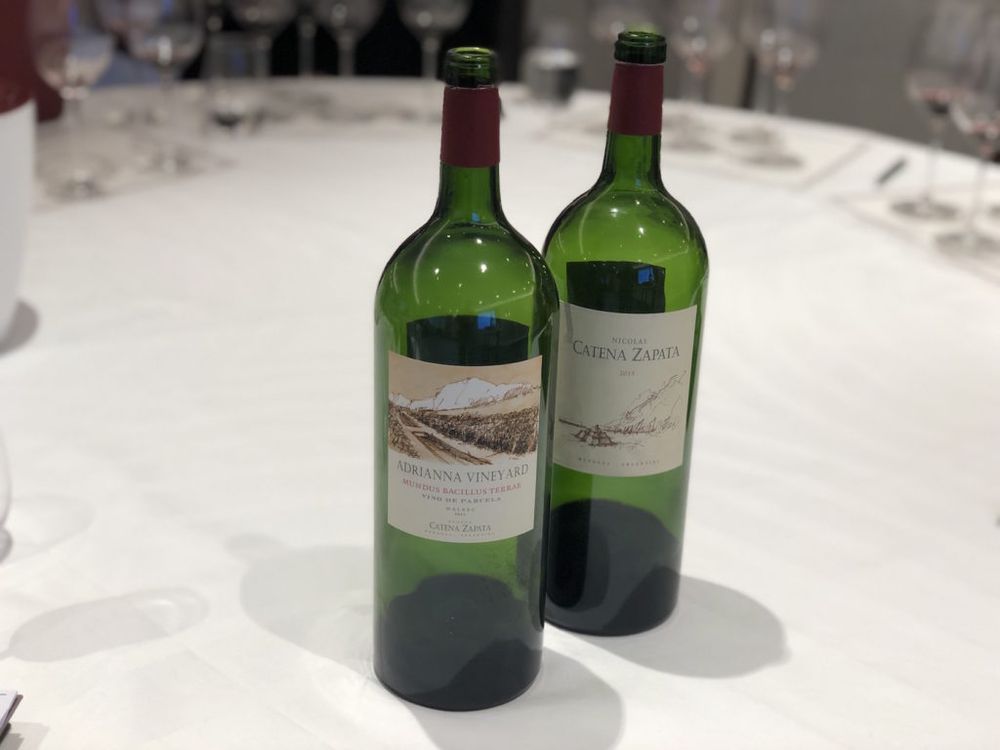
Adrianna Vineyard ‘Mundus Bacillus Terrae’ Malbec 2011 translates as ‘elegant microbes of the earth’ thanks to its limestone layers rich in ‘rhizobacteria’, the microorganisms that help vine roots withstand stress and absorb nutrients. Elegant, fresh, pure and pleasingly tight, this has deep complexity and eons of ageing potential, making it feel almost criminal to be drinking it now.
The same could be said for Adrianna Vineyard ‘Mundus Bacillus Terrae’ Malbec 2015 although bizarrely it seemed more immediately generous, with a charming nose of mountain flowers, complementing the feast of wild berry aromas. Complex and fascinating, with the lifted, expressive features of an altitude wine, combining with the qualities of a young Grand Cru Classé.
As to the future, the softly spoken Dr Laura Catena has a vinous form of world domination in her sights: “I want every serious collector to have our wines in their cellars. My goal is to make our wines stand with the best in the world.”
David Kermode is a wine presenter, writer, broadcaster and judge with his own website vinosaurus.co.uk
